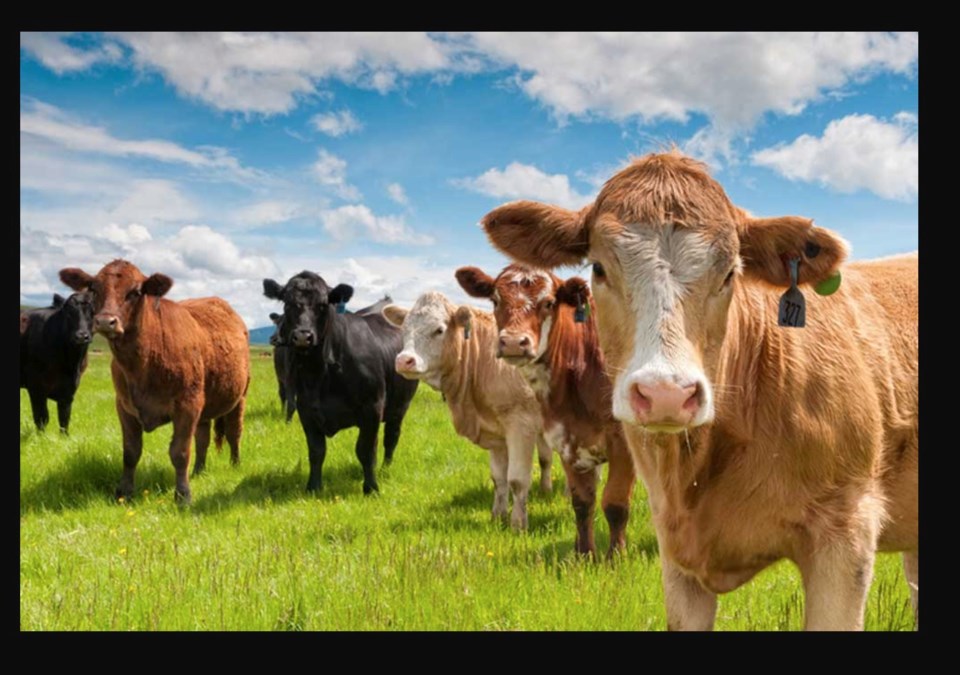ATHABASCA – The idea of industry swooping into an idyllic rural setting to set up lucrative, but potentially ecologically damaging projects isn’t uncommon. Whether it’s an unsanctioned scrap yard or, as Pigeon Lake residents experienced, a feedlot for 4,000 cattle, the regulatory battle can be a stressful experience.
Science Outreach gave locals a look behind the veil during their Nov. 23 talk, put on by Margaret Allan Newell, an environmental engineer and part-time cattle rancher who helped the Pigeon Lake Watershed Association fight a proposed confined feeding operation (CFO) in the spring of 2022.
“I would like people to be prepared in advance for the possibility that there might be a confined feeding operation near them,” said Newell. “If people figure out the areas of their land that might be acceptable for that kind of operation and work with their county to have plans in place, it’ll be easier than waiting for the last minute.”
CFO’s are like finishing schools for cattle — cattle are bought at auctions and fed grain over the winter to fatten them up for sale. In this case, the proposed project would have had 4,000 head less than two kilometres from Pigeon Lake, but Newell said the general principles for opposing similar projects are cross-applicable.
“Anytime you have some sort of industrial activity it’s going to be a concern for those who live nearby,” said the semi-retired consultant. “As Alberta gets a higher population, we’re going to have more and more friction with industry being next to where people live, and there’s going to need to be mutual respect.”
The science
Newell’s presentation focused on the effects large quantities of manure could have had on the lake. If cattle are out grazing, their manure will be naturally handled by the soil, but in a CFO, additional steps have to be taken to prevent spillover.
Pigeon Lake residents were particularly concerned about the phosphorous and nitrogen from the manure getting into the lake, which only has a single creek pulling water out of it. In larger quantities, the two elements can lead to cyanobacteria, also known as blue-green algae. Athabasca County residents may recognize the substance from Baptiste and Skeleton Lake, which both had advisories issued for the toxic algae in 2023.
Newell walked the 12 attendees through her process, which included finding an appropriate model, collecting the data, and then running multiple simulations to get an accurate and trustworthy result.
The community enjoyed the presentation, with multiple members asking questions both in person and online.
“I thought it was a very good presentation, it showed the difference a community group can make,” said Fiona Gregory, a regular attendee of the Science Outreach lectures.
Newell’s main point was that a community should always be prepared — oftentimes, regulatory bodies will only give affected parties a few weeks to respond, and trying to compile the needed data in a time crunch can be tough.
“There will be future opportunities for similar opportunities to come up close to communities, and where the developments are happening is the problem,” said Newell. “They’re happening where people exist and use the land. I would suggest that people who want to build these operations look at land where the impact on people is smaller.”



